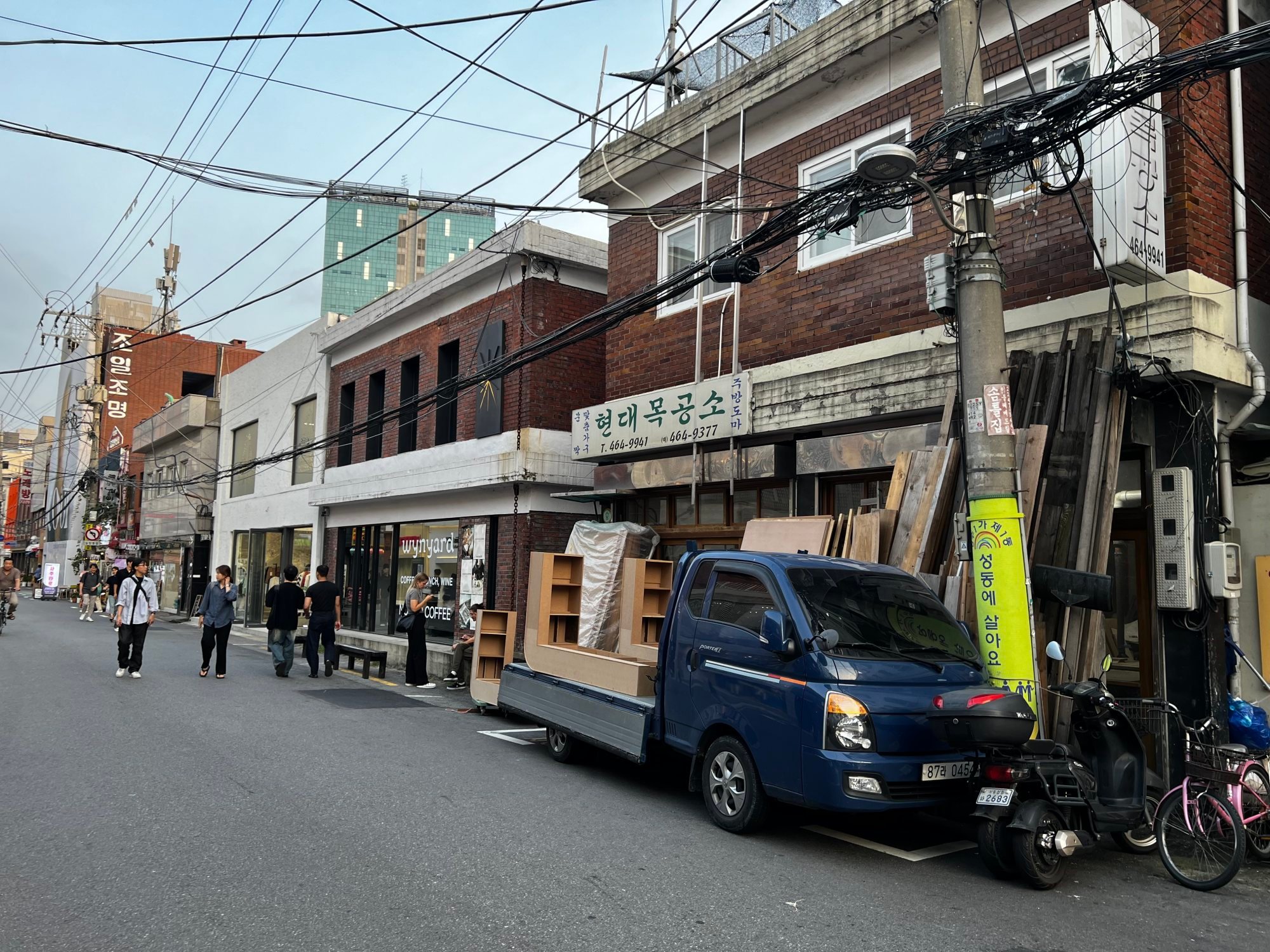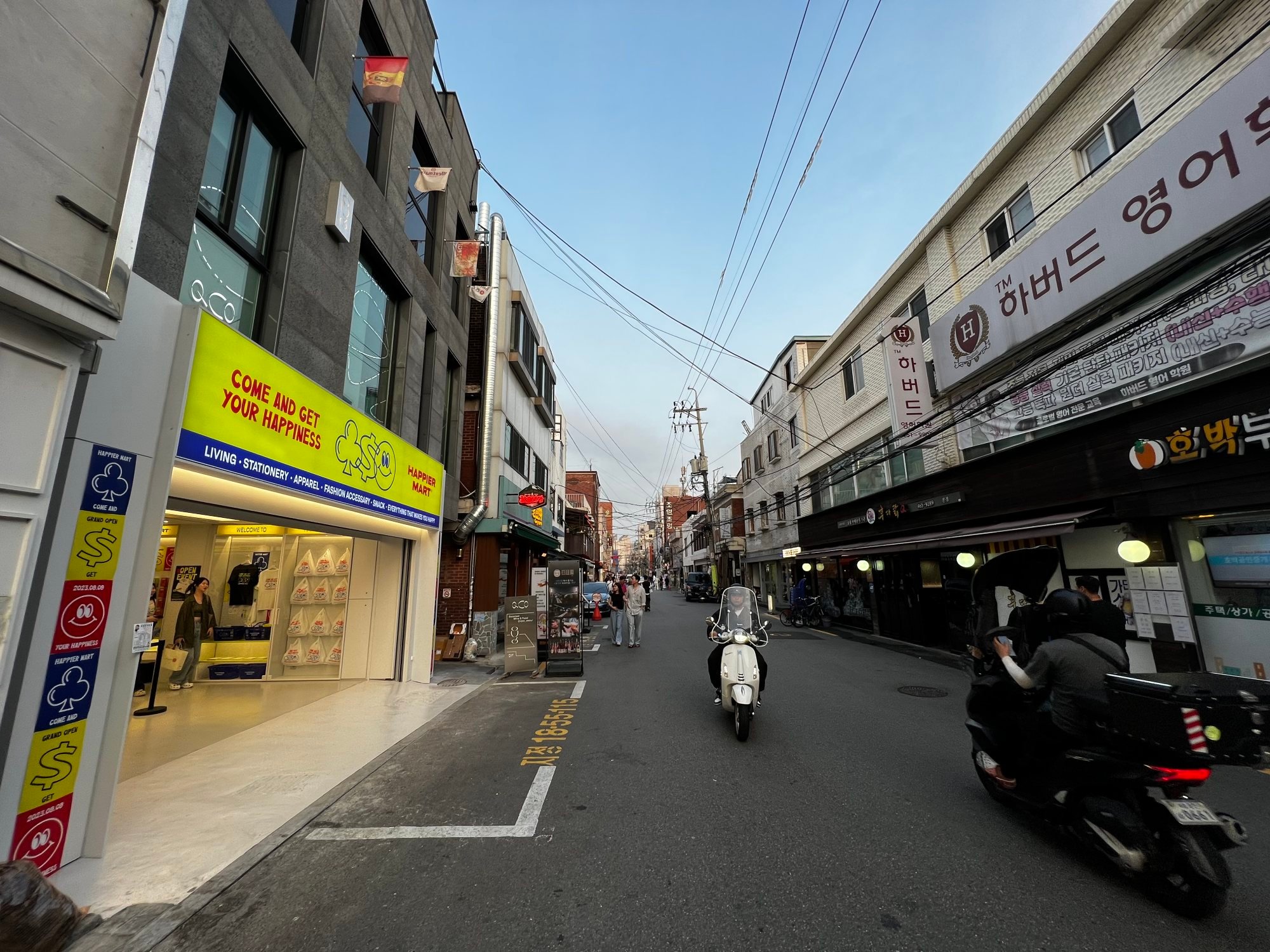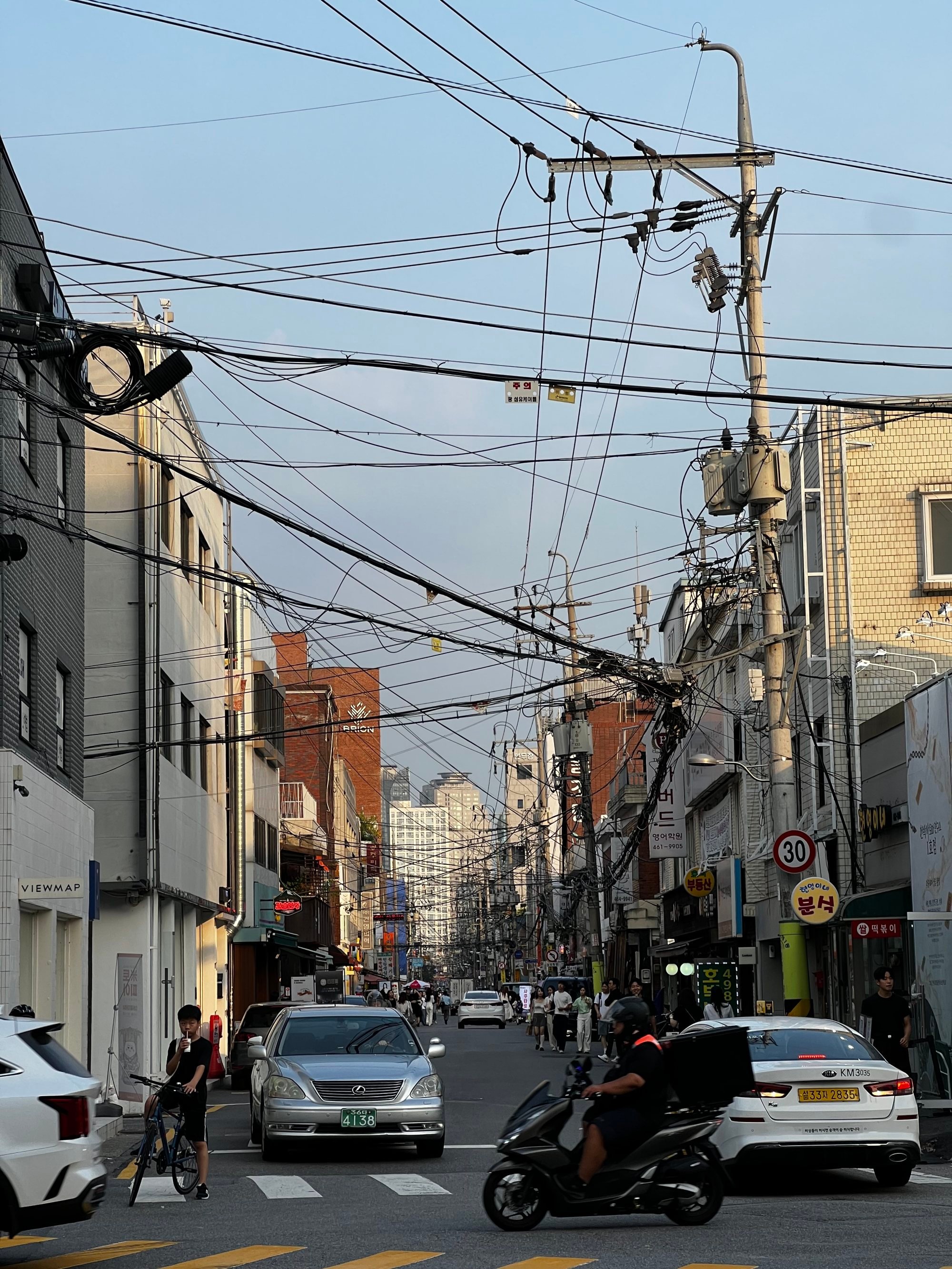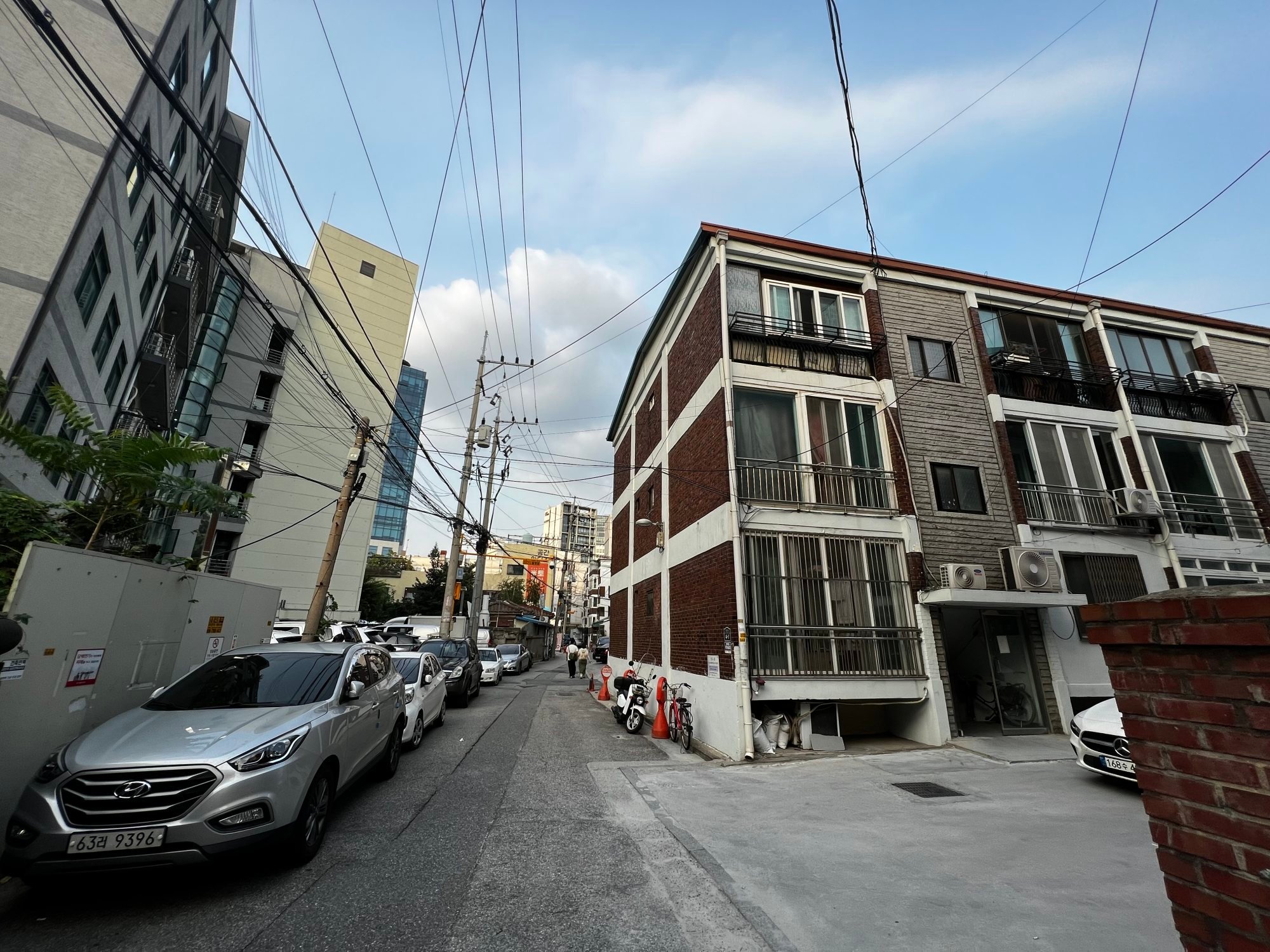
How Seongsu-dong became Seoul’s hippest neighbourhood – and at what cost
- Seongsu has soared in popularity among young people in recent years thanks to its mixed retro 1990s and modern vibe
- Rent increases have helped put 90 per cent of the area’s traditional shoemakers out of business, but traces of its industrial past cling on
The story of how Seongsu-dong pulled itself up by its bootstraps to become the hippest neighbourhood in Seoul over the past few years is a cautionary tale.
Grungy low-rise commercial buildings and town houses add to a retro 1990s vibe that is, as trendsetters will tell you, having a moment, but there has been a cost for long-term residents.
Seongsu was the South Korean capital’s most hashtagged neighbourhood on Instagram in 2022, according to a report from a Korean think tank, and more than 20,000 people visited daily in 2021 – more than five times the number seen in nearby Cheongdam-dong, a popular luxury shopping area.
It is hard to believe that two decades ago the neighbourhood was a place few people would wish to visit for any purpose, let alone for fun.

Seongsu’s now much appreciated grit originates from its association with footwear.
After one of the biggest shoe manufacturers in South Korea, Kumkang, built a factory nearby in the 1960s, suppliers began to congregate in Seongsu. In the 1970s, many of Seoul’s small-scale shoemakers moved into the area, too.
But when Korea was hit by a foreign-currency crisis in 1997, many of the larger manufacturers closed down and left their factory buildings vacant.
The repurposing of these spacious properties, with their high ceilings, began in the late 2010s. The neighbourhood went through a transformation similar to those that shaped SoHo and Brooklyn in New York, albeit on a smaller scale.
One of the driving forces was Daelim Changgo, a cafe and art gallery that opened in 2016. Changgo means “factory” in Korean; the building had been a rice mill until the 1970s. Soon, other cafes and art spaces popped up.
Seongsu appeals to Koreans whose tastes extend beyond retro to “newtro”, a mixture of trends encompassing both the modern and retro eras.

“While retro appeals to the nostalgia of the past among the middle-aged and older generation, ‘newtro’ also appeals to the 1020 [teenagers and twenty-somethings] generation, who do not know the past, based on the freshness found in the old,” wrote Kim Nan-do, a professor in Seoul National University’s consumer science department who coined the term.
Seongsu may embody newtro, but “new” and “retro” don’t always mix.
While the older businesses that created the retro atmosphere in the first place now receive few customers and serve primarily as photo backdrops, the area buzzes with new shops that sell trendy clothes and fashion items, and sleek restaurants.

According to local media reports, on a single weekend in June there were 43 pop-up shops in the area, targeting people in their twenties and thirties.
Global brands such as Dior have built permanent outposts in Seongsu. In May 2022, the French luxury fashion house built its first Seoul concept store in Seongsu, which it described as “a young and hip neighbourhood … where the world’s most lively MZ generation [millennials and Gen Z] creates the vibe”.
The five-storey store resembles the brand’s Paris establishments.

But when big brands arrive, rent increases tend to follow.
According to local records, commercial rent in Seongdong-gu, the district of which Seongsu is part, increased 42 per cent year on year in 2021, more than anywhere else in Seoul.
And rent has increased more in Seongsu than anywhere else in Seongdong, helping to put 90 per cent of the area’s makers of handmade shoes out of business between 2019 and 2022.
But the past is clinging on in these winding streets: look beyond the youngsters sporting man buns and dark sunglasses and riding vintage motorcycles and you’ll notice older delivery workers ferrying industrial items between factories on sputtering scooters.
When Kinfolk opened a pop-up store from which to sell its delicate cosmetics, it was next door to an old car-repair shop and a small leather factory.

It is also still possible to enjoy the kind of authentic Korean food that restaurants have been serving the area’s factory workers for decades. Somunnan Seongsu Gamjatang, for example, is a favourite that has been serving traditional pork bone soup on the same spot for 40 years.
Cultural pockets are forming in the neighbourhood, too.
The cafe Rsg Wave Riders has become a biker hang-out, with rows of motorbikes parked outside even on a weekday evening. And Wadiz, one of Korea’s major crowdfunding companies, has a showroom in Seongsu in which visitors can view and buy items that exist only because they have been crowdfunded.

